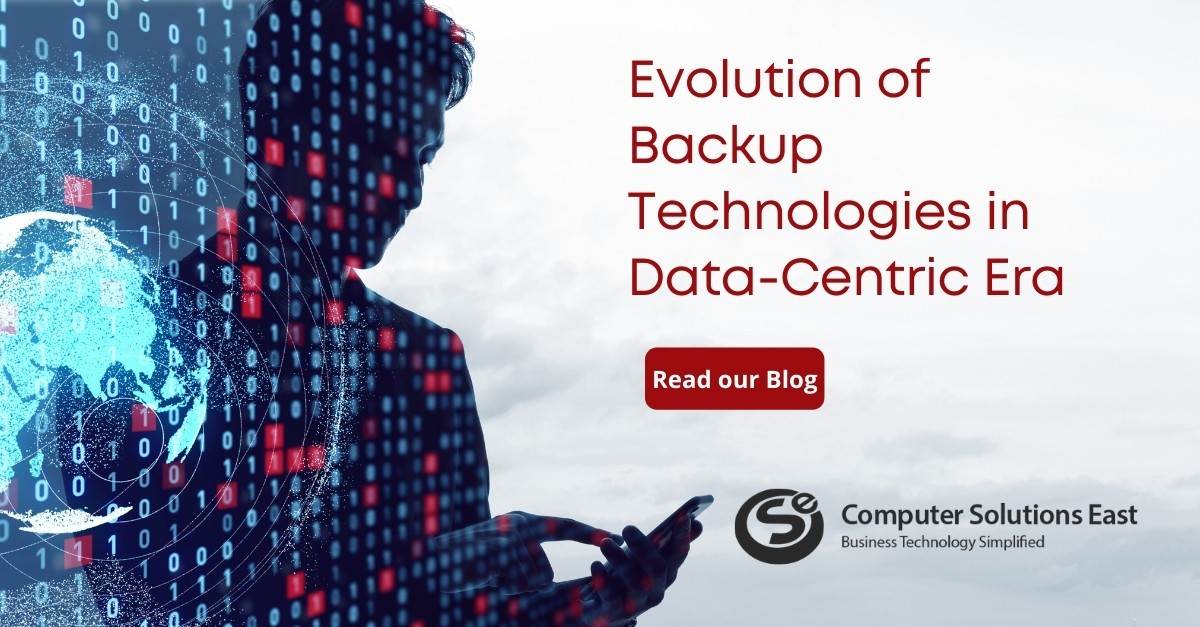Empowering the Frontline: Why Digitization is Essential for Today’s Workforce
When you stay at a lodging, your interactions with the work area or café staff can be the contrast between an incredible outing or your choice always to avoid the property. At a game, the greeter who examines your ticket and assists you with finding your seats can establish the vibe for your whole experience.
These laborers are frequently called frontline workers because they sit on the frontlines of most businesses: retail laborers, airline stewards, bank employees, field specialists, café laborers, and attendants. They are the face and heartbeat of your association individuals behind the counter, on the telephone, building items, and running everyday tasks. They are the initial ones to address your image and draw in clients, and their associations can gigantically affect how clients see your organization.

Remote working, advanced work environments, and the proceeded incorporation of internet-based work environment programming are changing the essence of the universe of work as far as we might be concerned. Deskless representatives, including frontline and field workers, are likewise essential for this advanced development.
Even before the unexpected beginning of the COVID-19 pandemic, digital transformation has generally been vital for some organizations. Be that as it may, a large portion of the digital transformation methodologies gives almost no consideration to the necessities of frontline employees, who make up nearly 80% of the worldwide labor force. Thus, obsolete devices, conflicting on-ground processes, and erratic correspondence have forestalled frontline employees from conveying their maximum capacity.
So why digitization for the frontline worker is essential?
The vast majority of the communication between frontline workers and their managers occurs in an unstructured way over instant messages, calls, or face-to-face. This causes great confusion in the workplace and prompts a lack of transparency, absence of straightforwardness, spillage of confidential data, lower efficiency, etc. As such, 80% of the labor force faces the test of being incapable of real-time communication with their supervisors and can’t successfully release their obligations.
This is the place where digitization comes in. To empower forefront representatives with the right devices to be more useful and settle on-the-spot choices, organizations need to supplant burdensome manual or paper-based processes. They should digitize all correspondence and functional cycles from the highest level to the ground floor.
How can Microsoft fully digitize the frontline workforce?
1) Walkie Talkie App: Microsoft is developing its essential partnership with Zebra Technologies. They are reporting the overall accessibility of the Walkie Talkie application in Teams on a broad scope of Zebra cell phones, for example, the rough take-it anyplace TC-series, the sleek client
confronting EC-series, and a definitive filtering gadget MC-series. The cooperation carries Teams’ computerized Walkie Talkie usefulness with a committed push-to-talk (PTT) button on Zebra gadgets so frontline workers laborers can appreciate the precise moment and secure correspondence readily available. Walkie Talkie is presently likewise accessible on all iOS cell phones like iPhones and iPads, notwithstanding Android cell phones.
2) RWS connector for Teams: To keep giving specialists the adaptability to claim their timetable in their own specific manner, today, Microsoft is announcing the overall accessibility of the Reflexis Shifts connector for Teams which incorporates the Reflexis Workforce Scheduler (RWS) to make a consistent, continuous sync for review, allocating, and overseeing shift demands. As the primary workforce management solution, RWS focuses on the executives’ adaptable planning. Along with Teams, RWS helps drive specialist independence, conveys enhanced planning, and offers associations another chance to furnish forefront laborers with admittance to their timetables in a reliable and adaptable way.
3) Appointments and Approvals: Another primary innovation accepted to alleviate the weight on the frontline is managing appointments, which has encountered huge changes as increasingly more in-person arrangements have moved to virtual ones. Presently workers can have a thorough perspective on virtual appointments in a single area, including real-time standby times, queueing, missed arrangements, and staffing deferrals to make a top-of-the-line insight for clients and patients.
Furthermore, to empower workers to remain in the progression of work and diminish pressure around endorsement refreshes, we are incorporating the Approvals application directly into the business processes that frontline workers depend on. Presently, workers can oversee and demand endorsements in their line of business with Power Apps component framework (PCF) controls and require details like critical remarks or gathering endorsements to ensure approvals. The cycles that rely upon them run as follows: expected.
A solid frontline implies a particular primary concern. From team scheduling and onboarding to automating tasks and managing appointments, organizations can facilitate the everyday weight of their frontline workforce force by giving the right innovation tools and creating a solid organizational culture. Also, by partnering with the right managed service provider, you can expand frontline workers’ efficiency and empower a predictable feeling of culture that prompts more grounded maintenance, better client associations, and more profound arrangement to organization missions.


